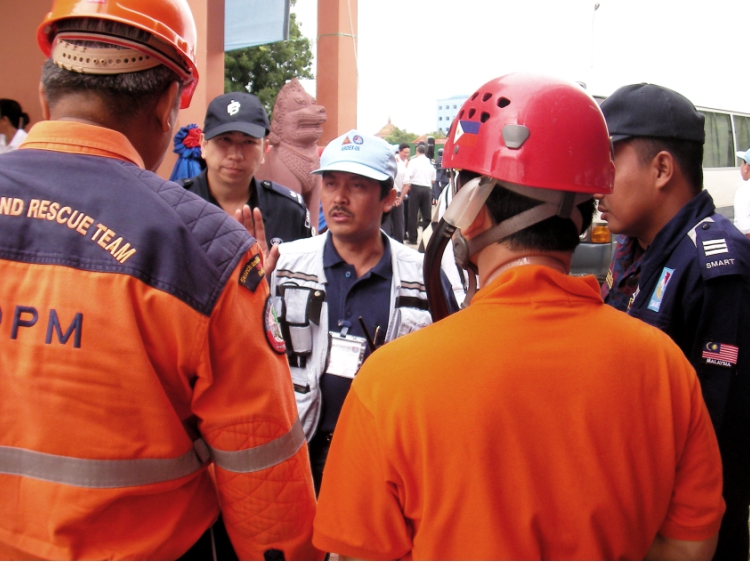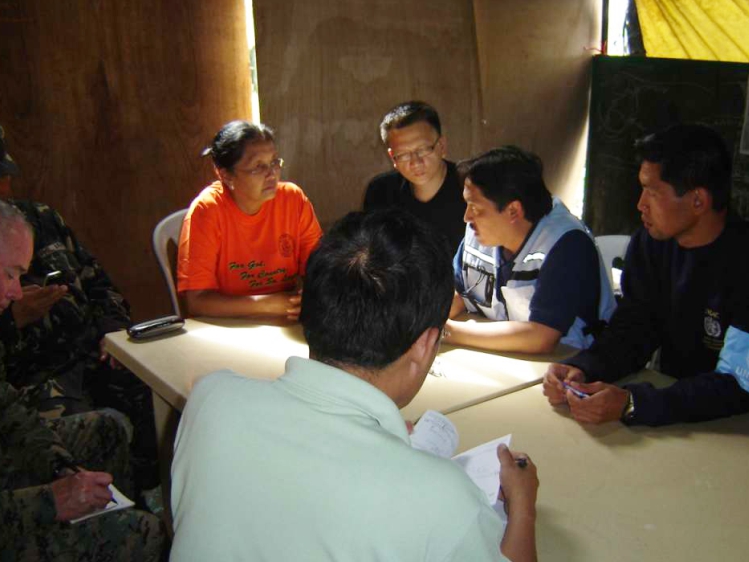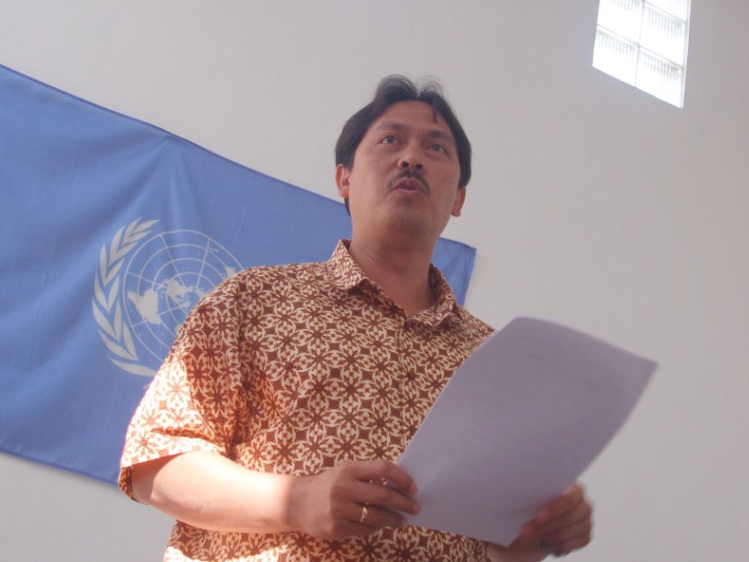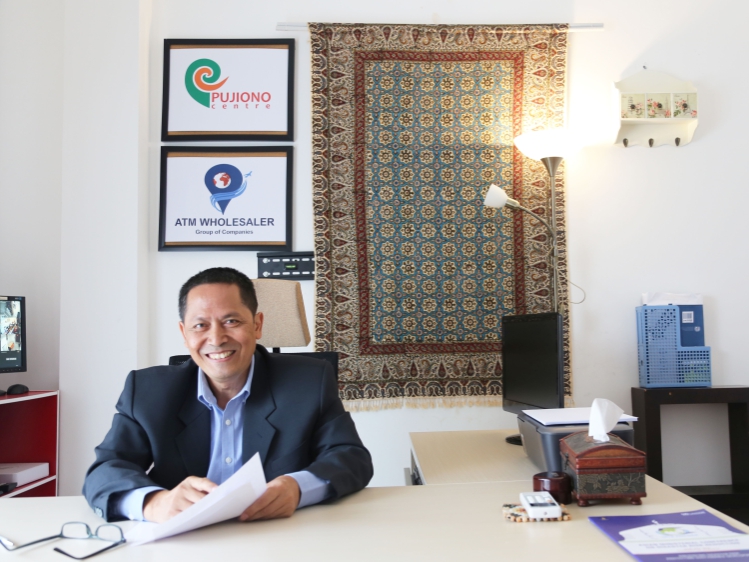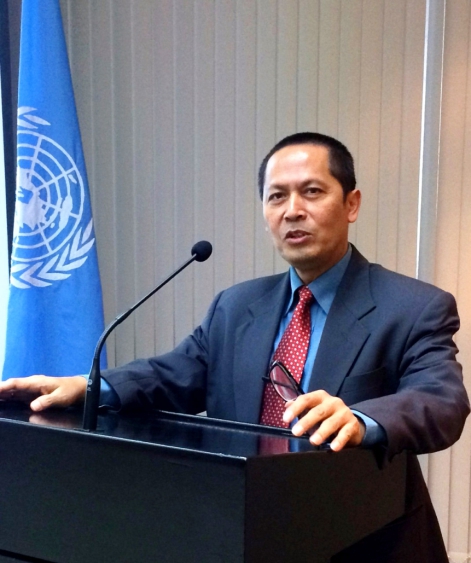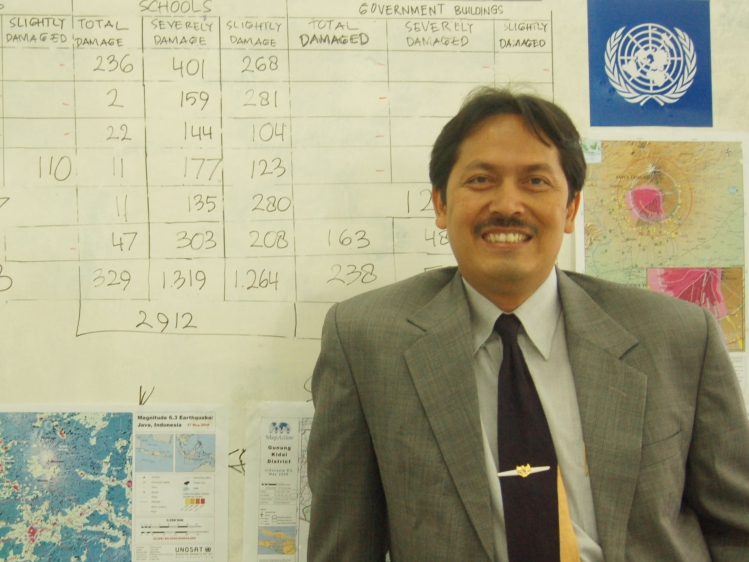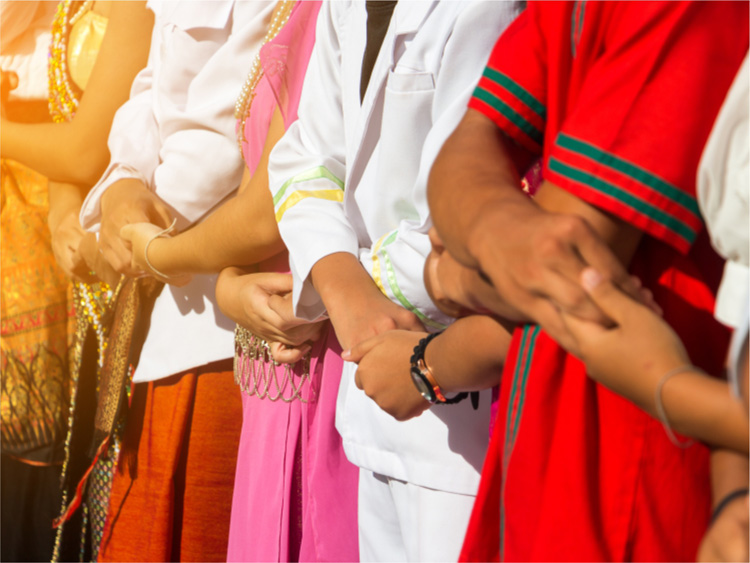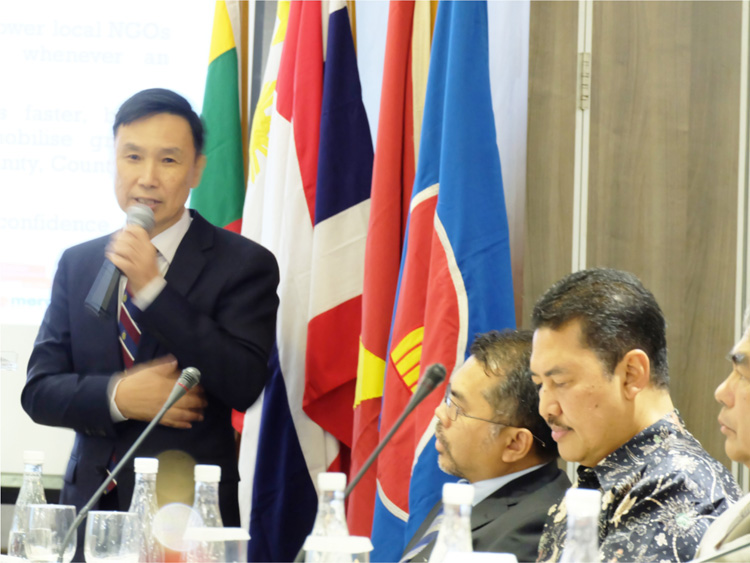Vol 40-Dr.Puji Pujiono

DR.PUJI PUJIONO
Dr. Puji Pujiono, the Founder and Senior Adviser of the Pujiono Centre and now a businessman, is one of the ASEAN region’s most respected and renowned disaster management experts. His reputation in the humanitarian and disaster management fields is acclaimed across regions from his works with numerous United Nations agencies, the ASEAN Secretariat, and organisations such as the Indonesian Red Cross to name just a few. A social worker by training and profession, Dr. Pujiono was naturally drawn into the disaster risk management sector through his firm belief and passion in humankind’s resilience to overcome adversities and great challenges.
It was Dr. Pujiono’s work with the UN Refugee Agency in the early 2000’s that introduced him to the ASEAN structure. “It was at the conclusion of the first emergency preparedness training in Indonesia that I saw potential to sow the seed for regional cooperation in disaster management” he says. In one of the then-obscure provisions in the 1976 ASEAN Declaration on Mutual Assistance on Natural Disasters, he found content regarding Member States’ commitment to assist other Member States that are in distress. Dr. Pujiono tells us that during a session of the ASEAN Experts Group Meeting on Disaster Management, he put forward three hard-to-resist proposals. “The resources to meet every six months instead of every two years, my own expertise to support the group, and my own professional networking to connect ASEAN with the rest of the world of disaster management….and they jumped at it”, he recalls.
Within the 18 months following that meeting, the infrastructure for ASEAN regional cooperation was instituted, that included the first ASEAN Ministerial Meeting on Disaster Management, a full-fledged ASEAN Committee on Disaster Management (ACDM), ASEAN Regional Programme on Disaster Management (ARPDM), and a draft regional agreement. The pivotal Indian Ocean Tsunami in December 2004 and the World Conference on Disaster Risk Reduction in Hyogo, Japan, in early 2005 presented the unprecedented momentum to accelerate the draft into what is now known as the ASEAN Agreement on Disaster Management and Emergency Response (AADMER). The Agreement sparked the idea to establish the AHA Centre, and since then has seen ASEAN develop to be among the leaders of disaster risk management actors across the world.
While reminiscing about his roles in the formative years of ASEAN’s tremendous progress in disaster management, Dr. Pujiono’s greatest passion is for future efforts and opportunities. Now that disaster management has become commonplace among ASEAN governments and communities, as they move towards attaining ASEAN integration, the challenge is how to turn such high-level regional political engagement into real national and agency-level From his past work as the Head of UN Office for the Coordination of Humanitarian Affairs (UN OCHA) based in Kobe, Japan, with UNDP Headquarters in Geneva, as well as in the field and in other roles, Dr. Pujiono has witnessed the value that the AHA Centre has in developing and integrating real commitments from parties within and external to ASEAN.
“The AHA Centre provides plenty of opportunity for all parties to share and pool resources, strengths and capacities, with the ultimate goal of making ASEAN a stronger region” he says.
Alongside his new foray into the business world, Dr. Pujiono has also led the transformation of the Pujiono Centre into a regional disaster knowledge platform, while also providing technical assistance to the revision of the disaster management legislation in the Indonesian Parliament, and engaging as a businessman in the ESCAP Sustainable Business Network Task Force on Disaster and Climate Risk Reduction.
From these new vantage points, he recognises that the value of the AHA Centre as the key coordinating body of disaster management in ASEAN is not only focusing on coordinating the disaster response parties. He stands ready to help the Centre rally the wider range of stakeholders to engage across the wider spectrum of disaster management as mandated by the AADMER. This would uniquely positon the AHA Centre as the nexus of ASEAN integration in term of strengthening resilience for sustainable development; that is from risk prevention, risk reduction, response, to recovery. Dr. Pujiono also looks forward to AHA Centre’s increased engagement on a global scale.
“I see AHA Centre solidifying its unique characteristics to be truly ASEAN; a champion that is distinct from the UN, distinct from its international partners, and to be one of the world’s leaders in disaster management”.
Written by : Christella Feni, William Shea | Photo : AHA Centre, Personal archive.
- Published in The Other Side
Vol 38-AADMER Partnership Group (APG)

AADMER
PARTNERSHIP GROUP (APG)
The AADMER Partnership Group (APG) is a consortium of seven international civil society organisations, formed to support the implementation of the ASEAN Agreement on Disaster Management and Emergency Response (AADMER). The APG works with the ASEAN Committee on Disaster Management (SCDM) and its Working Groups, the AHA Centre, and the ASEAN Secretariat, aiming towards a “people-centred implementation of AADMER”. It undertakes this function by raising awareness of AADMER, and by facilitating the engagement of civil society organisations throughout AADMER discussions and implementation. Currently, the APG operates in seven ASEAN Member States, namely, Cambodia, Indonesia, Lao PDR, Myanmar, the Philippines, Thailand and Viet Nam. The APG’s members comprise of representatives from ChildFund International, HelpAge International, Mercy Malaysia, Oxfam, Plan Pnternational, Save the Children International, and World Vision International.
The APG forms the bridge between ASEAN’s work in disaster management and the key stakeholders within civil society organisations – whose proximity and reach with local communities forms a key element of all disaster management processes. Through a working partnership with the APG, the AHA Centre (and other ASEAN bodies) can ensure increased participation and understanding within the communities they serve. Since 2009, the AADMER Partnership Group has been working closely alongside the ACDM and its Working Groups, the ASEAN Secretariat, and the AHA Centre, on the implementation of AADMER for the ASEAN region. During these early years, ASEAN governments and the APG identified proposed areas of partnership between ASEAN and civil society organisations – including in disaster risk assessment and early warning – as well as practical actions towards preparedness, prevention and mitigation of disaster.
The APG works with the AHA Centre throughout a range of its programmes and process developments, ensuring the all-important community engagement aspect is present throughout the AHA Centre’s efforts. APG members have also been very active in supporting the ASEAN Emergency Response and Assessment Team (ERAT) programme, as well as sending representatives to take part in the ASEAN ERAT trainings either as participants, trainers or observers. The APG often collaborates with the AHA Centre during disaster response, providing great support within a number of response efforts such as Typhoon Haiyan in 2013, and the Myanmar floods in 2015.
The group also played a key role in the AHA Centre’s development of a lessons learned document after Typhoon Haiyan. The involvement of the APG ensured valuable and relevant local insight and feedback within this outcome. Currently, the APG – in consultation with the AHA Centre – are developing a concept note on a Regional Alliance for Collective Emergency Response (RACER), under the CSO Partnership Framework (ACPF), and as part of the implementation of the AADMER Work Programme 2016-2020.
Dr. Heng Aik Cheng of MERCY Malaysia, and the Chair of the APG, emphasised the importance of the partnership during the recent One ASEAN One Response workshop in Jakarta, stating that the strength of civil society organisations lies in their proximity with populations affected by disaster. Staff from such organisations speak the local language, and are best placed to deliver important information and engage local stakeholders in the early stages of emergencies. Such a context is also highly valuable for preparedness engagements, therefore underlying the importance of partnerships such as seen between the APG and AHA Centre.
Written by : Carla Budiarto | Photo : AHA Centre
- Published in Partnership


